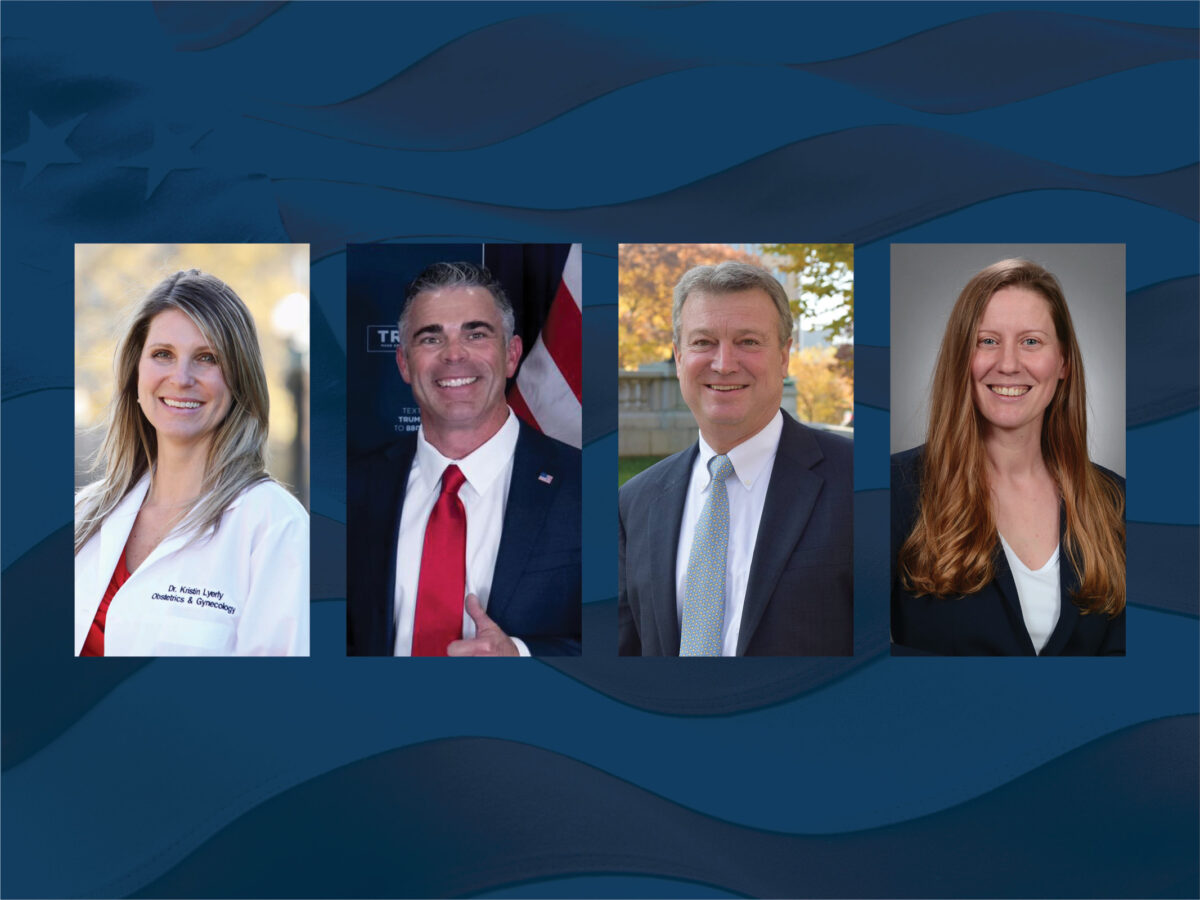How much money are local candidates raising for their campaigns and where is the money coming from?
Focusing on two local races, Knock collected and analyzed each candidate’s available campaign finance data, breaking it down by sector for the congressional race to help voters better understand what interests are fueling local candidates.
For the 8th Congressional district, Democrat Kristin Lyerly is running against Republican Tony Wied for former Rep. Mike Gallagher’s open seat. Lyerly’s campaign has raised more than double Wied’s contributions. The bulk of contributions to Lyerly’s campaign come from the health sector, while Wied received most of his from health, business, and ideological/single-issue donors.
A more specific breakdown of contributors in the congressional race is available here.
In the 1st District state assembly race, incumbent Rep. Joel Kitchens, a Republican, is challenged by Democrat Renee Paplham. Outside of contributions that fall under the “other” or undefined category, Kitchens received the lion’s share of his campaign’s money from the finance/insurance/real estate sector.
Aside from undefined funds, Paplham received most of her contributions from Democratic party contributors and individual donors.
Kitchens’ and Paplham’s campaigns are neck and neck when it comes to total contributions. According to financial reports registered with the Wisconsin Campaign Finance Information System, they both have about $56,000 in total contributions this year.
There was not enough data available for Paplham’s campaign available to compare donors more specifically by sector.
Understanding campaign finance
According to the Wisconsin Democracy Campaign, a nonprofit, nonpartisan watchdog group that tracks money in Wisconsin politics, there is more money than ever being poured into Wisconsin campaigns this year.
Candidates collected $15.84 million in the first half of 2024, more than double the $7.47 million raised in the same time period in 2022.
Campaign finance laws in Wisconsin went through several changes in 2015. One of the changes made it so political parties and fundraising committees, called legislative campaign committees, can receive up to $12,000 a year from corporations. But there is no limit on how much a committee can give a candidate or a political party.
Wisconsin also passed new legislative voting district maps last year, leading to campaigns spending and receiving more money in 2024. Several incumbents in the state are running for new seats as a result of redistricting and spending more money to campaign with voters who may be unfamiliar with them.
Campaign funds come from a few main sources. Political action committees or PACs, individual donations, and money from the candidates themselves. Any contributions listed under “other” include things like dividends, interest and earned income, according to Open Secrets, another nonprofit organization that follows money in politics.
PACs are organized to raise money to elect or defeat a political candidate or specific ballot issues. They can buy advertising, fund research on election issues and more, and they have limits on how much they can contribute to a candidate.
Open Secrets describes PACs as focused on certain labor, business or ideological interests.
Super PACs are not considered a political action committee, despite what their name implies. Rather, they are considered “independent expenditure-only committees”, and are governed by different rules than PACs.
Super PACs can spend and raise unlimited amounts of money. They cannot contribute directly to a candidate or party, but they can independently campaign for or against political figures, as long as they do not use the terms “vote for” or “vote against”.
Individuals, corporations and unions are allowed to contribute unlimited amounts of money to independent expenditure committees.

